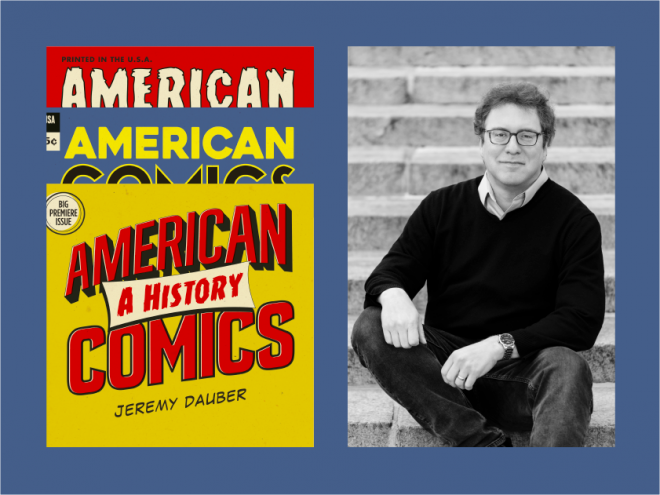Calling these “case studies,” Baskind has selected five artists as paradigms for her consideration of the Bible in their paintings, print making, and sculpture: Jack Levine, George Segal, Audrey Flack, Larry Rivers, and R.B. Kitaj. While discussing their works in depth she references many other Jewish artists, perhaps less well-known, whose works also reflect Biblical connections. Each of the chapters dealing with the individual artists includes biographical details about their Jewish backgrounds, their styles, major artistic influences on their subject matter, and the author’s conclusions as to why they chose the biblical images in their work.
Most interesting is Baskind’s identification— and illustration — of classic works of art which influence the artists she is focusing on, from Rembrandt to Rubens to Durer to Bosch to Caravaggio and others. Recurring figures from the Hebrew Bible in individual artists’ iconography include Adam and Eve in the Garden of Eden, Abraham’s binding of Isaac, Rebecca’s favoritism of Jacob over Esau, Moses leading the Israelites out of Egypt and with the Ten Commandments, David and Goliath, and wise King Solomon. Baskind is careful to point out that the Jewish artists are not creating religious or sacred art but are creating secular works that animate the Jewish American experience in the twentieth century.
Certainly Jack Levine’s long career as a social realist includes Biblical narratives that are to be understood in the light of contemporary events. Lot’s wife is a particular favorite of Audrey Flack, whose feminist agenda is highlighted by the author. The narrative of Lot and his family also attracted George Segal, who thought it was particularly conducive to his plaster sculptures. He explained his use of Lot’s story: “Mostly because it was my background.” His 1973 “Sacrifice of Isaac,” installed at the Tel Aviv Museum, was viewed as a criticism of Zionism which carries out wars in the name of ideology.
The chapter entitled “Biblical Parody: Larry Rivers’s History of Matzah: The Story of the Jews as Counterhistory” discusses the artist’s ambivalence toward his Judaism and explicates the complex painting for the reader. The artist’s reflection on the painting is illuminating: “I decided I was entering my serious period, that I would do something for my people.”
R. B. Kitaj is known for his writings as well as his art. His portraits of Abraham, Sarah, and Ruth as well as of Eliezer, Abraham’s servant, are psychological renderings seeking to understand the characters as portrayed in the Biblical narrative.
The book is filled with illustrations documenting the author’s thesis.
Samantha Baskind, professor of Art History at Cleveland State University, places the artists in the context of the art world of the twentieth century. She points out that they eschewed modern art trends of non-objective, abstract, surrealism, pop-art, and color-field and instead chose realism as their mode of expression. Baskind seems to think she is redressing a wrong — that art critics have not paid enough attention to nor understood the importance of the artists she includes in this study nor the importance of the Biblical imagery in their work. The book need not convince but is worthwhile because of the wealth of information and insights about the artists and their works. Illustrations, notes, bibliography, index.
Related content:
Read Samantha Baskind’s Posts for the Visiting Scribe
Interviewing the Artists I Write About
How I Came to Write Jewish Artists and the Bible in Twentieth-Century America





